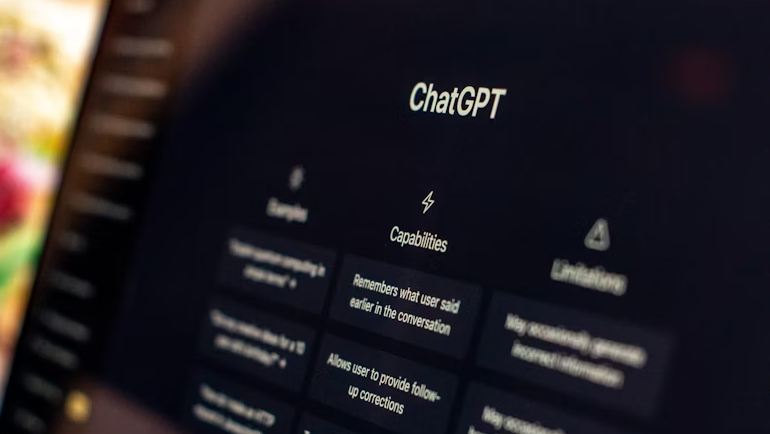 AI
AI
 AI
AI
 AI
AI
A new Stanford University study suggests that the number of entry-level programming jobs in the U.S. has declined significantly since the launch of ChatGPT.
The paper was published today by three economists at the university’s Digital Economy Lab. It’s based on employment data provided by Automatic Data Processing Inc., better known as ADP. The researchers reviewed anonymized payroll information from millions of workers across tens of thousands of companies.
The study also drew on a dataset known as the Anthropic Economic Index. Introduced by Anthropic PBC in February, the dataset tracks how professionals use the company’s Claude chatbot as part of their day-to-day work. It provides information on which tasks are being automated in what fields.
The researchers determined that software development, customer service, accounting and administrative support are the fields most exposed to artificial intelligence disruption. Entry-level positions held by workers aged 22 to 25 appear to be most impacted. According to the study, the number of such positions declined by 6% in the U.S. since the late 2022 launch of ChatGPT.
Software developers are particularly affected. According to the study, workers aged 22 to 25 hold 20% fewer entry-level programming jobs than three years ago.
The paper’s authors examined whether the job losses may have been caused by factors other than companies’ adoption of AI. After evaluating multiple such factors, they reaffirmed that AI-driven automation is one of the main drivers behind the headcount reductions.
“One class of explanations for our patterns is that they may be driven by industry- or firm-level shocks such as interest rate changes that correlate with sorting patterns by age and measured AI exposure,” the economists wrote. After studying those factors, the research group determined that “the employment trends we observe are not driven by differential shocks to firms that employ a disproportionate share of AI-exposed young workers.”
Older workers appear to be less affected by AI-related job losses. According to the paper, the researchers analyzed payroll records from such workers in the four fields most exposed to AI automation and measured headcount increases of 6% to 9% since 2022.
In the three fields least exposed to AI disruption, the number of entry-level jobs held by workers aged 22 to 25 increased by 6% to 13%. This segment of the workforce includes professionals such as maintenance workers, nursing aides and logistics specialists.
“While we find employment declines for young workers in occupations where AI primarily automates work, we find employment growth in occupations in which AI use is most augmentative,” the researchers wrote.
Support our mission to keep content open and free by engaging with theCUBE community. Join theCUBE’s Alumni Trust Network, where technology leaders connect, share intelligence and create opportunities.
Founded by tech visionaries John Furrier and Dave Vellante, SiliconANGLE Media has built a dynamic ecosystem of industry-leading digital media brands that reach 15+ million elite tech professionals. Our new proprietary theCUBE AI Video Cloud is breaking ground in audience interaction, leveraging theCUBEai.com neural network to help technology companies make data-driven decisions and stay at the forefront of industry conversations.